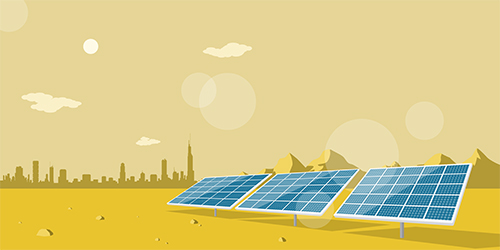 Global energy demands are predicted to reach 46 terawatts by 2100. That number is a far reach from the 18 terawatts of energy currently generated around the world. According to one expert in the field, a major shift in the way we produce and consume energy is necessary in order to meet future demands.
Global energy demands are predicted to reach 46 terawatts by 2100. That number is a far reach from the 18 terawatts of energy currently generated around the world. According to one expert in the field, a major shift in the way we produce and consume energy is necessary in order to meet future demands.
Meng Tao, ECS member and Arizona State University professor, discussed how society could move toward meeting those demands at the PRiME 2016 meeting, where he presented his paper, “Terawatt Solar Photovoltaics: Roadblocks and Our Approaches.”
“We just cannot continue to consume fossil fuels the way we have for the last 200 years,” Tao told ECS. “We have to move from a fossil fuel infrastructure to a renewable infrastructure.”
For Tao, the world’s society cannot set on a path of “business as usual” by producing energy via coal, oil, and natural gas. And while solar energy has experienced a growth rate of nearly 45 percent in the last decade, it still only accounts for less than one percent of all electricity generated.
The shift to solar
Historically, solar technology soars when oil prices are at their highest. This is especially true during the oil embargo of the 1970s. During that time, private and public investments began to shift away from fossil fuels and toward solar and other renewable energies. That trend emerged again in the early 2000s when oil prices skyrocketed to a record-setting $140 per barrel.
“In the 1970s, the motivation to invest in solar and other forms of renewable energy was geopolitical,” Tao says. “Now, that motivation tends to focus more on the environment and sustainability.”
(more…)


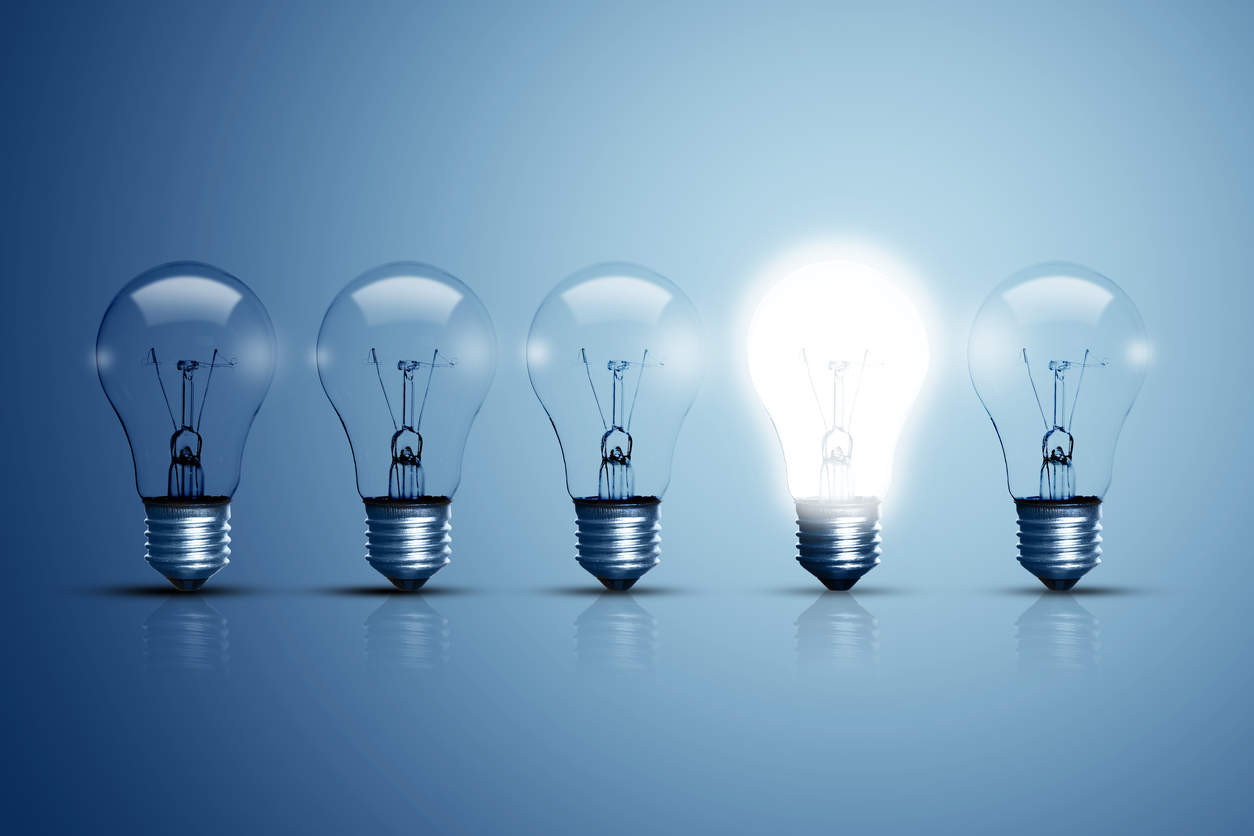 Water and energy are inextricably linked. The two have shared a long technological and symbolic connection, which has led to what researchers in the field call the energy/water nexus.
Water and energy are inextricably linked. The two have shared a long technological and symbolic connection, which has led to what researchers in the field call the energy/water nexus. Bill Gates is taking climate change head on with his newly formed
Bill Gates is taking climate change head on with his newly formed 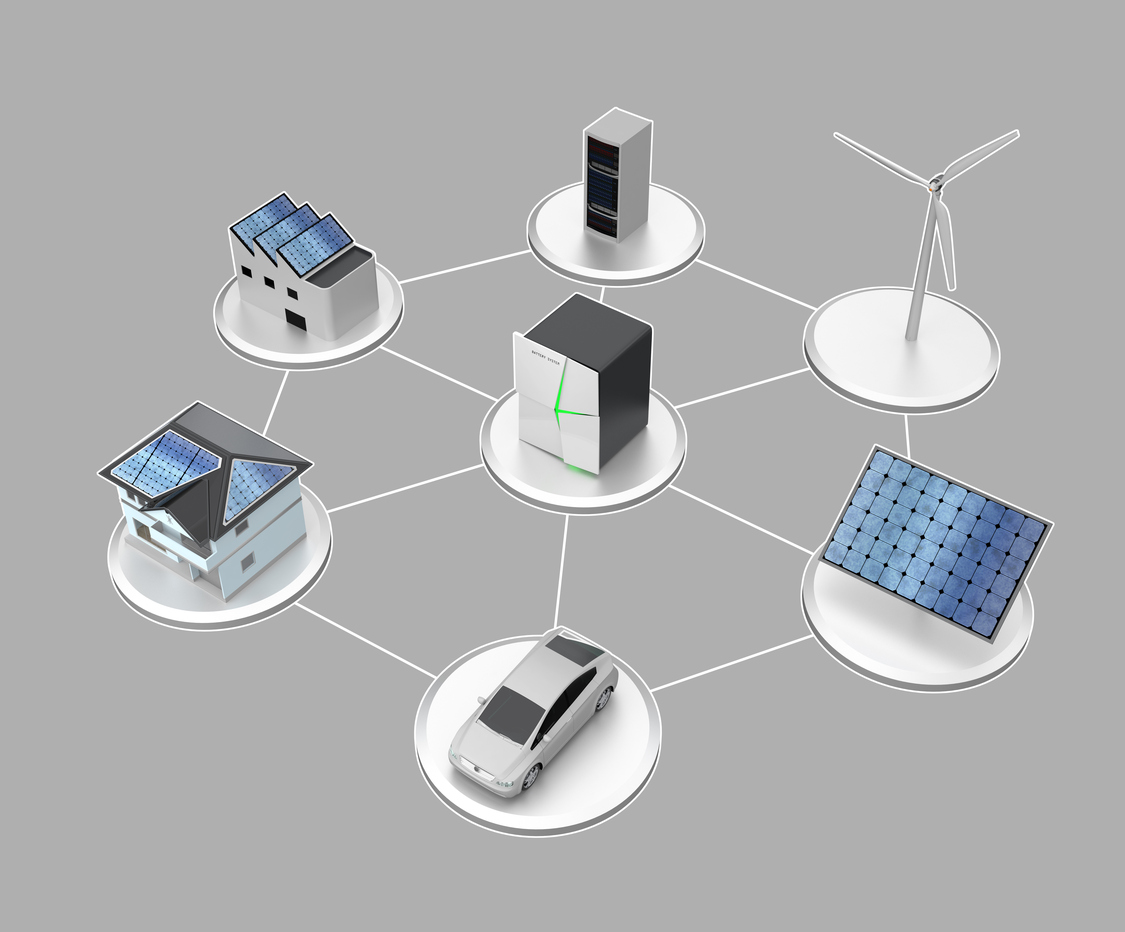 A team of researchers at Case Western Reserve University is building a flow battery prototype to provide cleaner, cheaper power.
A team of researchers at Case Western Reserve University is building a flow battery prototype to provide cleaner, cheaper power.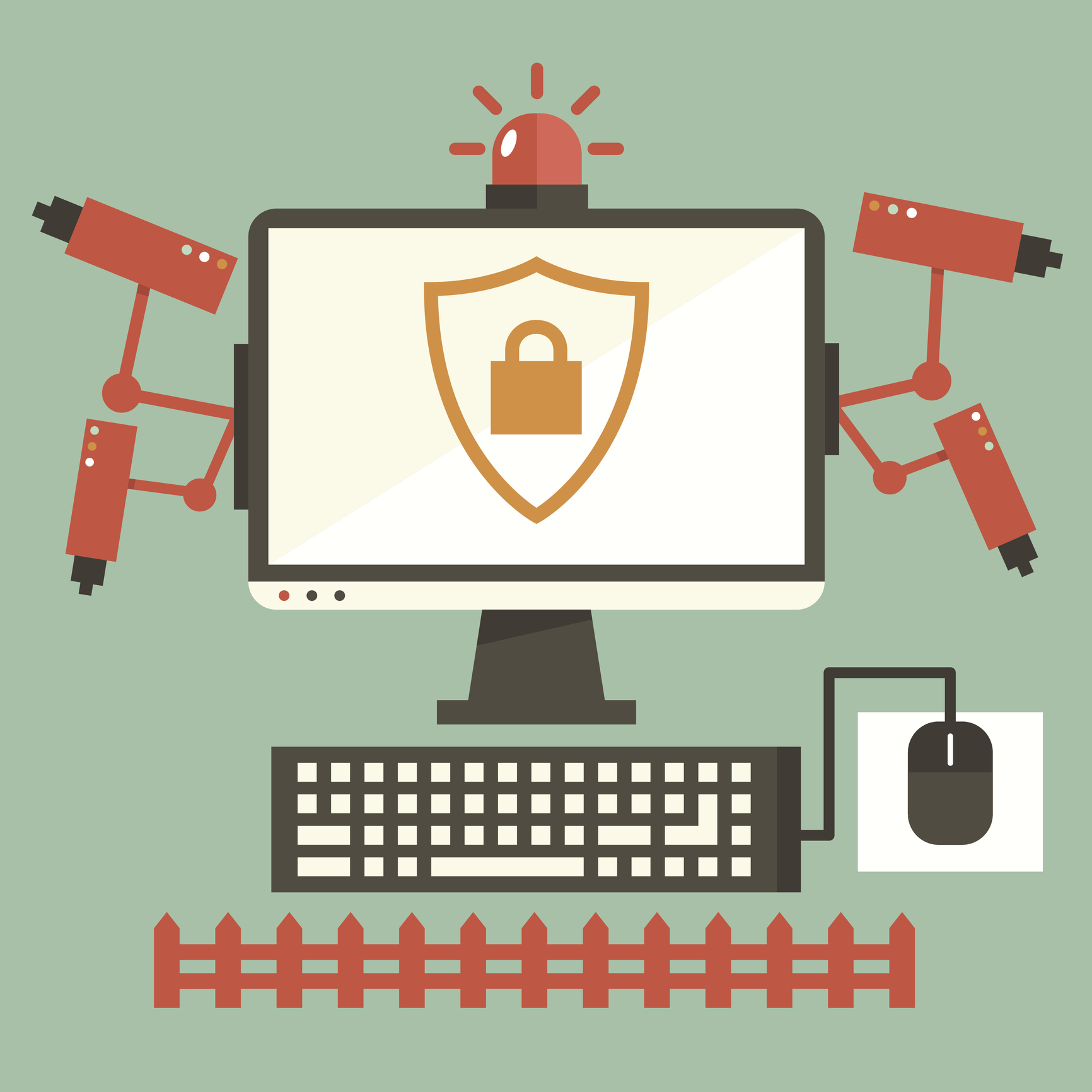 Cybersecurity concerns crop up everywhere you turn lately –
Cybersecurity concerns crop up everywhere you turn lately –  Recent safety concerns with lithium-ion batteries exploding in devices such as the Samsung Galaxy Note 7 phone and
Recent safety concerns with lithium-ion batteries exploding in devices such as the Samsung Galaxy Note 7 phone and  Google is going green.
Google is going green.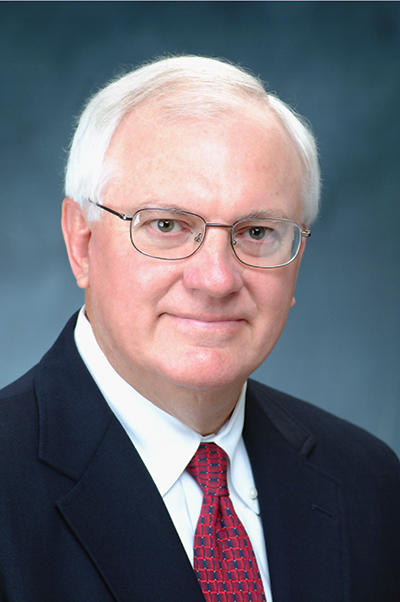 ECS Fellow
ECS Fellow Global energy demands are predicted to reach 46 terawatts by 2100. That number is a far reach from the 18 terawatts of energy currently generated around the world. According to one expert in the field, a major shift in the way we produce and consume energy is necessary in order to meet future demands.
Global energy demands are predicted to reach 46 terawatts by 2100. That number is a far reach from the 18 terawatts of energy currently generated around the world. According to one expert in the field, a major shift in the way we produce and consume energy is necessary in order to meet future demands.